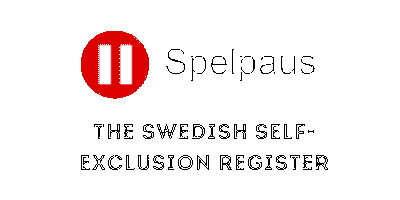In today’s digital age, technology plays a pivotal role in our day-to-day lives. From social media platforms to online gaming sites, the internet offers a plethora of choices for entertainment and communication. However, with great power comes great responsibility. As tech-savvy individuals, it is crucial that we practice responsible tech use to avoid the pitfalls of addiction and overconsumption.
What are Self-Exclusion Tools?
Self-exclusion tools are features implemented by tech companies to help users limit their usage or completely block access to certain websites or applications. These tools are designed to promote self-control and discipline in using technology, especially for individuals who struggle with addiction or excessive screen time.
One common example of a self-exclusion tool is the “Screen Time” feature on Apple devices, which allows users to set limits on their daily app usage or block access to specific apps altogether. Similarly, social media platforms like Facebook and Instagram offer options to mute notifications or enable time management reminders to promote mindful usage.
The Benefits of Self-Exclusion Tools
Self-exclusion tools are essential in promoting responsible tech use for a variety of reasons. Firstly, these tools empower users to take control of their digital habits and set boundaries for healthy behavior. By establishing limits on screen time or blocking access to certain apps, individuals can prevent themselves from falling into the trap of mindlessly scrolling or compulsively checking their devices.
Additionally, self-exclusion tools can help individuals break free from addictive patterns and regain balance in their lives. Whether it’s a gaming addiction, social media obsession, or online shopping habit, self-exclusion tools provide a safeguard against excessive use and encourage users to prioritize their well-being over digital distractions.
How to Implement Self-Exclusion Tools
Implementing self-exclusion tools is a straightforward process that can be customized to fit individual needs and preferences. Here are some steps to guide you in using these tools effectively:
Identify your tech usage patterns and areas of concern.
Research available self-exclusion tools or features on your devices and apps.
Set specific goals and limits for your tech usage, such as limiting screen time or blocking access to certain websites.
Utilize built-in features or third-party apps to enforce these limits and track your progress.
Adjust your settings as needed to maintain a healthy balance between technology and real-life activities.
In conclusion, self-exclusion tools are invaluable resources for promoting responsible tech use and fostering mindfulness in our digital interactions. By leveraging these tools effectively, individuals can take control of their tech habits, break free from addictive behaviors, and prioritize their well-being in a tech-centric world. Remember, the power lies in your hands to shape your relationship with technology – use self-exclusion tools wisely to enhance your digital experience and lead a more balanced life.
